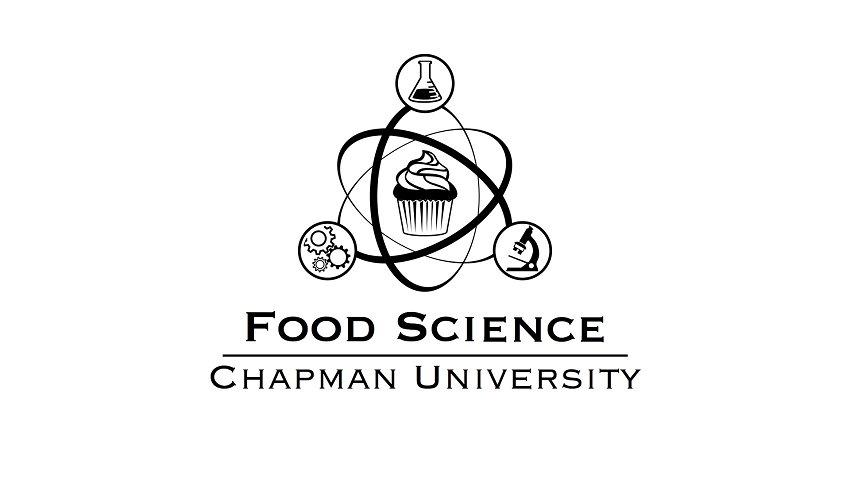Gluten Free With a Side of Banana
By Arianna McKinney
Time for some real talk about gluten free foods! Gluten free products are advertised on grocery market shelves everywhere. In 2020, the market for gluten free products is expected to reach 7.59 billion U.S dollars. Gluten free foods are commonly misperceived as being “cleaner” and healthier alternatives to gluten containing products. However, have you ever stopped to look at the ingredients and the label for gluten free baked goods? What are ingredients like “guar gum” and “xanthan gum” doing in these foods? For most of us, we think of “clean labels” as being very simple and using very few ingredients. However, the current gluten free products on the market require the use of gums to mimic the properties of gluten and maintain the voluminous structure commonly associated with baked goods. Because some people believe gums are dangerous, though unsubstantiated by research, replacing gums would be for the best as far as a marketing standpoint goes.
So, how can we eliminate these gums from the label, and still maintain that traditional bread structure? A novel ingredient called “green banana flour”. Yep, it’s exactly what your thinking: unripe bananas- Well kind of… Green banana flour is made by milling, the process of crushing and grinding starchy, unripe bananas into powder. It has properties like high-resistant starch (aka ones that are highly resistant to digestion and are instead used by gut microbes and aid in blood sugar maintenance), low sugar, and neutral taste. These qualities make it an ideal alternative to traditional gluten free powders that require gums like rice, potato, coconut, and almond. Additionally, these properties give green banana flour the potential to be utilized in various baked goods, nutrition bars, thickening agents in dressings and desserts, and more.
Since green banana flour has a high viscosity, it is able to act like a gum on its own and creates a thickness that otherwise wouldn’t be achieved without adding something like guar gum or xanthan gum. Additionally, green banana flour has a ratio of 75-80% amylopectin and 20-25% amylose, the building blocks of carbohydrates whose ratios are important for dictating the chemical properties of starches. This allows for the formation of stronger gels to ensure the product doesn't crumble, as well as better emulsification and stability of products without needing gums. Green banana flour is also high in something called resistant starch, which is a form of starch the resists digestion. Most starch is digested in the small intestine. Resistant starch however actually passes through the small intestine and gets digested in the large intestine, therefore achieving a probiotic effect and is able to colonize the good bacteria in the gut!
Besides being able to reduce the number of ingredients on a label while maintaining the same properties as traditional gluten or gum containing products, green banana flour also reduces food waste. To put this in perspective, 20% of commercially grown bananas don’t make it to market because of discoloration or wrong size or shape. However, since we don’t need the banana to be pretty before it gets mashed up into a powder, green banana flour is great for eliminating food waste! Also, green banana flour is currently commercially available AND a lot cheaper than other thickeners, like guar gum.
Currently, green banana flour is not widely used in the United States. This is most likely because companies that use gums might find it difficult or initially more expensive to transition to a gum alternative, and would want to wait until it is 100% proven to have consumer acceptance, especially with respect to taste. However, green banana flour has gained widespread acceptance in areas outside of the US, especially in Central American and West African countries, where it is used as a cheaper substitute to wheat flour.
Who knew gluten was so important for structure, or what ingredients have to be added to make up for its loss in gluten free products? After all, wouldn’t you rather have LESS ingredients with the same great taste and texture? Bakery products made with green banana flour may not be available in the US yet, but keep an eye out for this promising, gluten-free alternative!
